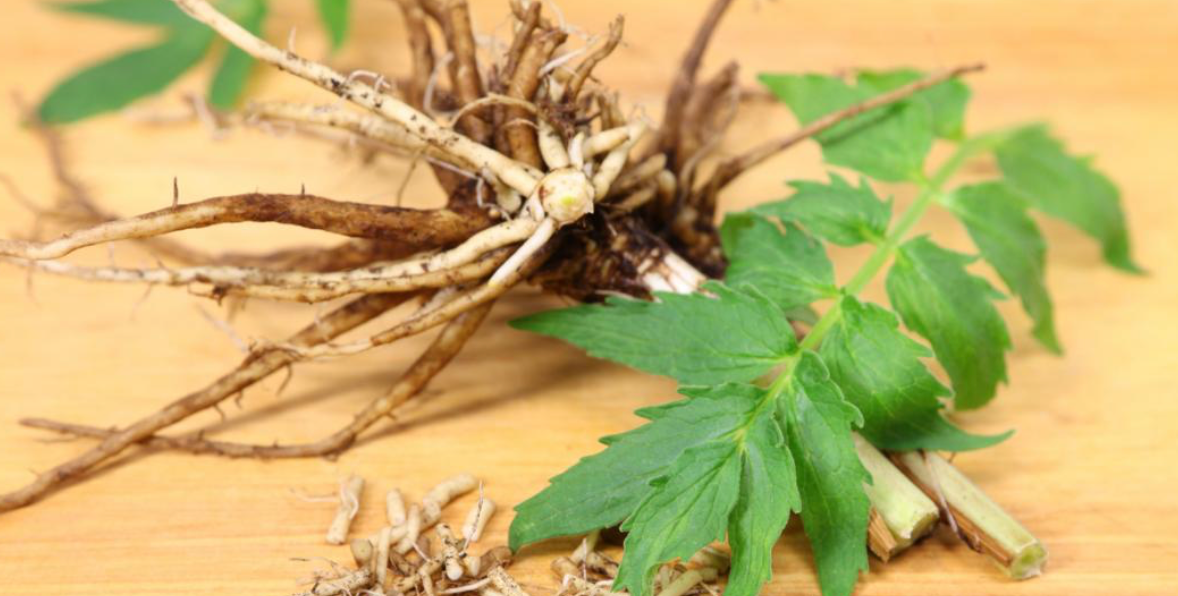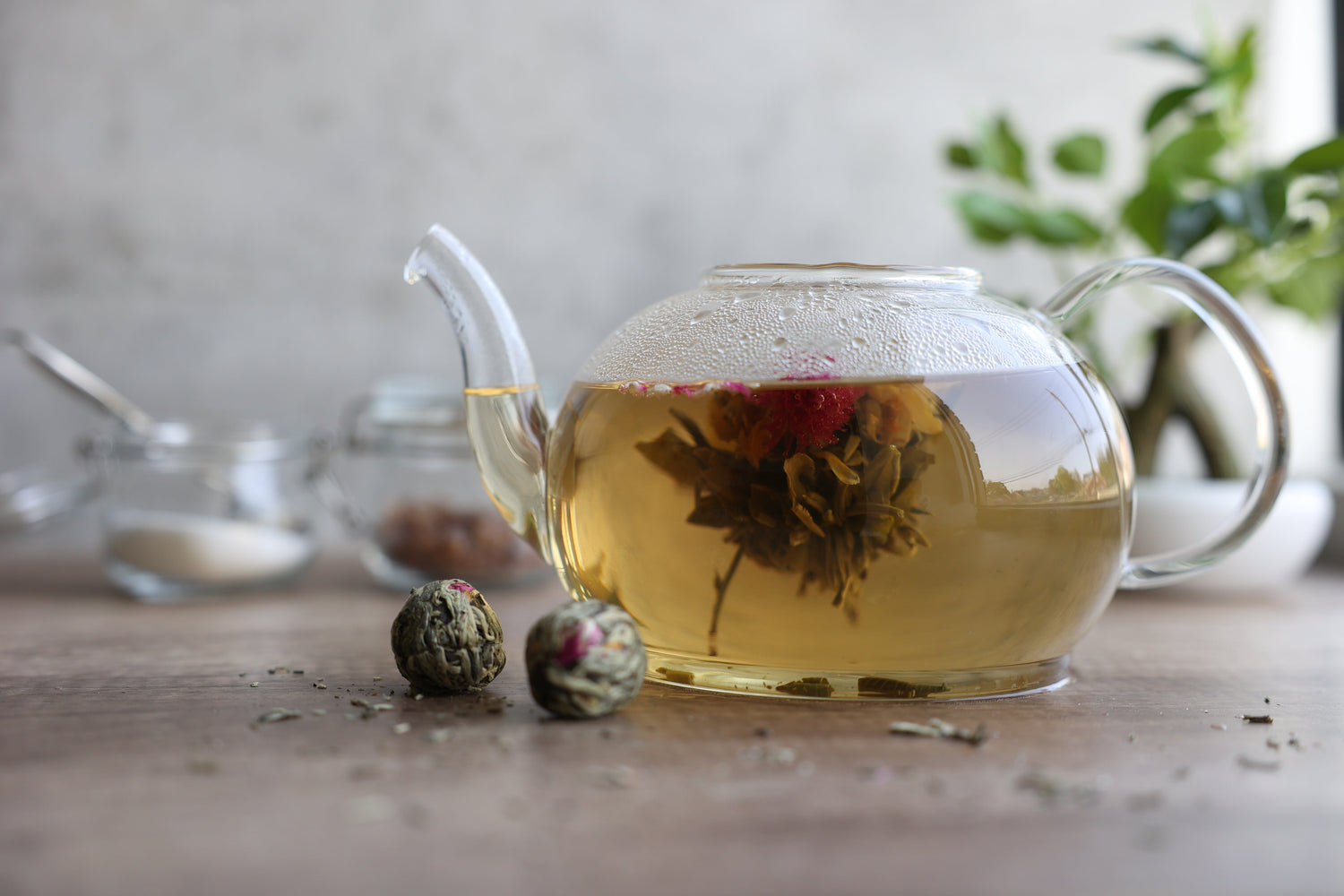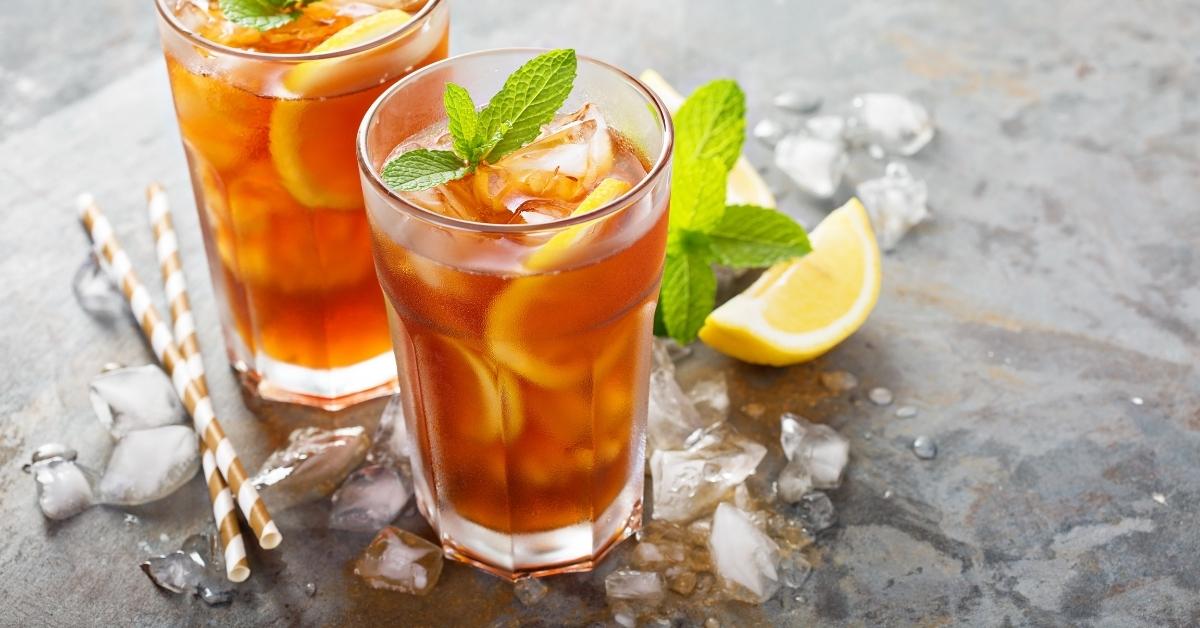How to Steep Tea Properly – The Golden 3T Rule
Ever wondered why your tea sometimes tastes like heaven and other times… not so much?
The secret isn’t just in the tea—it’s in how you steep it.
Steeping is an art, but don’t worry, you don’t need to be a tea sommelier to get it right. With our Golden 3T Rule, anyone can turn a casual brew into a cup of pure perfection.
But before we spill the tea on this simple formula, let’s explore one crucial factor that can make or break your perfect cup.
Quality of Water and Tea
The quality of ingredients serves as the foundation of a great cup of tea. Even the best steeping techniques can’t save a brew if the quality of water and tea used is off.
Here’s why they matter and how to get them right.
Water Quality
Tea is mostly water, so the type of water you use plays a big role in its taste. Distilled water, lacking minerals, tends to produce a flat, lifeless flavor. On the other hand, hard water, with its excessive mineral content, can overpower the delicate notes of fine teas.
So, what’s the best choice? Filtered or spring water. These options have the right balance of minerals to complement your tea while maintaining that fresh and vibrant flavor.
Pro tip: Don’t reboil water. Reheating strips oxygen from the water, which tea needs to develop its full flavor. Instead, start fresh each time for a more vibrant brew. It's a small tweak, but one that makes a big difference!
Tea Quality
Not all teas are created equal.
While the convenience of tea bags makes them a tempting option, they often contain tea dust and broken leaves. These lower-quality components hinder flavor extraction and limit the aromatic potential of your brew.
With loose-leaf teas, however, your brew will result in a much richer and more satisfying cup that engages all your senses. Loose leaves unfurl as they steep, releasing complex flavors and aromas that elevate every sip.

The beauty of loose-leaf tea is its diversity – each variety offers a unique journey for your taste buds.
Not sure where to start? Try Culinary Teas! We have everything from the grassy freshness of green tea or the malty richness of black tea.
The Golden 3T Rule
Mastering the art of tea steeping comes down to one simple formula: the Golden 3T Rule: Time, Temperature, and Tea-to-Water Ratio.
Get these right, and you’ll unlock the full potential of your tea leaves every time.
Time
Steeping time is the fine line between a delightful brew and a bitter disappointment. Steep too briefly, and your tea will taste weak and watery. Steep too long, and you risk drawing out excessive tannins, which lead to bitterness.
Here’s a guide to help you get it right:
|
Black Tea |
4 - 6 minutes |
|
Chai Tea |
5 - 8 minutes |
|
Pu-Erh |
3 - 5 minutes |
|
Herbal Tea |
5 - 7 minutes |
|
Rooibos Tea |
5 - 7 minutes |
|
White Tea |
3 - 5 minutes |
|
Green Tea & Light Oolong Tea |
2 - 4 minutes |
When in doubt, start with the lower end of the recommended time and adjust based on taste. Don’t rely on color alone – it can be deceiving. A simple timer ensures precision and avoids guesswork.
Temperature
Temperature matters just as much as time.
Delicate teas like green and white require cooler water to preserve their subtle notes, while heartier varieties like black or chai need hotter water to release their full profiles.
Here’s a quick guide:
|
Black Tea |
205° - 212° |
|
Chai Tea |
205° - 212° |
|
Pu-Erh |
200° - 210° |
|
Green Tea |
170° - 180° |
|
Herbal Tea |
205° - 212° |
|
Rooibos Tea |
208° - 212° |
|
Oolong Tea |
185° - 195° |
|
White Tea |
160° - 170° |
If you don’t have a thermometer, a general rule is to bring your water to a boil (212°) and then remove it from the heat source. Every minute off a heat source, the water loses about 10 degrees in temperature.
Tea-to-Water Ratio
The right balance of tea leaves to water is the secret to a flavorful, well-rounded cup. Too little tea and the flavor falls flat. Too much, and it can be overpowering.
A good rule of thumb is 1 teaspoon (or 3 grams) of loose tea leaves per 8 ounces of water. For stronger tea, simply add a bit more tea leaves, not more steeping time – that way, you maintain the balance without introducing bitterness.
Experiment with ratios to find what suits your taste best, especially if you’re using a larger mug or pot. With the right proportion, every sip will hit the perfect note.

Conclusion
Brewing the perfect cup of tea is all about balance and quality. With the right approach, every cup becomes a moment of joy.
Let Culinary Teas help you create those moments with our exceptional loose-leaf tea selection and steep perfection today!
FAQ's
Why does tea taste different every time I make it?
Factors like water quality, steeping time, temperature, and the tea-to-water ratio directly impact the taste and flavor of tea. Even slight changes in these elements can impact the flavor profile.
What does it mean to steep tea?
Steeping tea is the process of soaking tea leaves in hot water to extract flavor and aroma. It’s key to brewing a delicious cup of tea.
How long to steep black tea?
The recommended steeping duration for black tea is 4 - 6 minutes. You can adjust based on your taste to avoid weak or bitter tea.
Can I use tap water to make tea?
Tap water contains minerals and impurities that influence the flavor of tea. Filtered or spring water is recommended for a better-tasting cup.
Can I use a microwave to heat water for tea?
Even though it’s convenient, microwaving water can cause uneven heating, which might not be ideal for delicate teas.
How do I steep a perfect cup of green tea?
To steep perfect green tea, use 170°-180°F water, steep for 2-4 minutes, and use 1 teaspoon of tea per 8 ounces of water for optimal flavor.
What’s the best way to store tea?
Store tea in an airtight container, away from light, heat, moisture, and strong odors to preserve its flavor and aroma.





